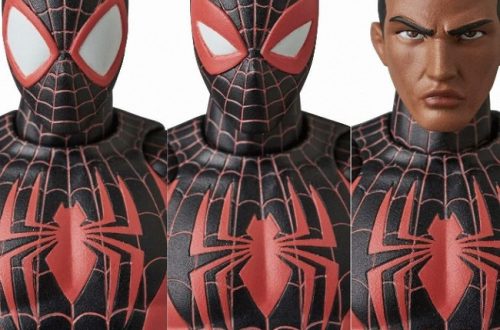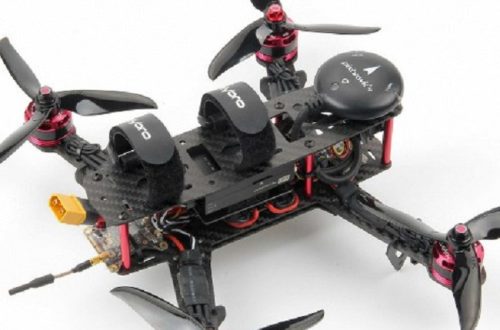Part 1: Getting Started with DIY RC Toy Customizing
Customizing RC toys is an enjoyable and rewarding hobby. Before diving into the customization process, it’s important to understand the basics and get the right equipment for the task.
1. Understanding the Basics: Familiarize yourself with the components of an RC toy, including the transmitter, receiver, motor, and other key elements. Additionally, grasp the fundamentals of how these components work together to operate the toy.
2. Getting the Right Tools: Equipping yourself with essential tools such as screwdrivers, pliers, soldering iron, and a multimeter is crucial for customizing RC toys. Having these tools on hand will make the customization process easier and more efficient.
Part 2: Selecting the Ideal RC Toy for Customizing
Choosing the right RC toy to customize is a critical step. Different types of RC toys have unique features and levels of customization, so it’s important to select the best fit for your preferences.
1. Kit vs. Ready-to-Run: Decide whether you want to start with a DIY kit or a pre-assembled, ready-to-run RC toy. Kits allow for more extensive customization and personalization, while ready-to-run options offer convenience for beginners.
2. Size and Complexity: Consider the size and complexity of the RC toy you want to customize. Larger toys may provide more room for modification and detailed customization, while smaller ones are typically easier to handle and store.
Part 3: Customizing the Appearance and Aesthetics
Enhancing the visual appeal of your RC toy can be a fun and creative process. From paint schemes to decals, there are many options for customizing the appearance of your toy.
1. Painting and Decals: Personalize your RC toy by painting the body with your desired colors and designs. Adding decals and stickers can further enhance the aesthetic appeal, giving the toy a unique and customized look.
2. Body Modifications and Accessories: Consider modifying the body of the RC toy by adding aftermarket parts or custom-made components. Additionally, accessorizing with scale details, lights, and other decorative elements can elevate the overall appearance of the toy.
Part 4: Upgrading Performance and Functionality
Enhancing the performance and capabilities of your RC toy is a key aspect of customization. Upgrades can include speed enhancements, improved handling, and upgraded electronics.
1. Motor and Electronics Upgrades: Upgrade the motor, electronic speed controller (ESC), and other electronic components to improve the speed, acceleration, and overall performance of the RC toy. Consider high-performance motors and advanced ESCs for an enhanced experience.
2. Suspension and Handling Improvements: Enhance the suspension system, shock absorbers, and tires to optimize the handling and off-road capabilities of the RC toy. Upgrading these components can greatly improve the toy’s maneuverability and stability during operation.
Part 5: Adding Unique Features and Custom Accessories
Adding special features and accessories can make your RC toy stand out. From lights and sound systems to custom-made parts, there are numerous ways to personalize your toy further.
1. LED Lights and Lighting Systems: Incorporate LED lights to illuminate your RC toy, whether for headlights, taillights, or underglow effects. LED lighting systems can enhance the visual appeal and realism of the toy, especially for night-time driving.
2. Sound Systems and Special Effects: Integrate sound modules to create realistic engine sounds or other special effects that complement the operation of the RC toy. Sound systems add an immersive element to the experience, particularly for scale replicas and models.
Part 6: Maintenance and Care for Customized RC Toys
After customizing and upgrading your RC toy, proper maintenance is crucial to ensure its longevity and peak performance. Routine care and inspections are essential for preserving your customized creation.
1. Cleaning and Lubrication: Regularly clean the RC toy, including the body, tires, and components, to remove dirt and debris. Lubricate moving parts, such as gears and bearings, to reduce friction and prevent premature wear.
2. Inspection and Repairs: Periodically inspect the RC toy for signs of wear, damage, or loose components. Address any issues promptly by making necessary repairs or replacements, ensuring that the toy remains in optimal condition for future use.
In conclusion, DIY RC toy customizing offers a fantastic opportunity for hobbyists to express their creativity and personalize their toys. By understanding the fundamentals, choosing the right RC toy, and exploring various customization options, enthusiasts can create unique and high-performing models that reflect their individual style and preferences. Proper maintenance and care are essential for preserving the customized RC toy for long-term enjoyment.



